Smartphone camera lens maker Largan Precision Co (大立光) is expected to see its strong revenue momentum continue into the first quarter of next year after posting its highest revenue in 46 months, a renowned Apple Inc analyst said last week.
The company’s bottom line would also see significant improvement due to a price increase in the tetraprism telephoto lens for the iPhone 15 Pro Max and its better yield rates for producing new specification lenses in the fourth quarter, TF International Securities Group Co (天風國際證券) analyst Kuo Ming-chi (郭明錤) wrote on X, formerly known as Twitter, on Friday.
TETRAPRISM LENSES
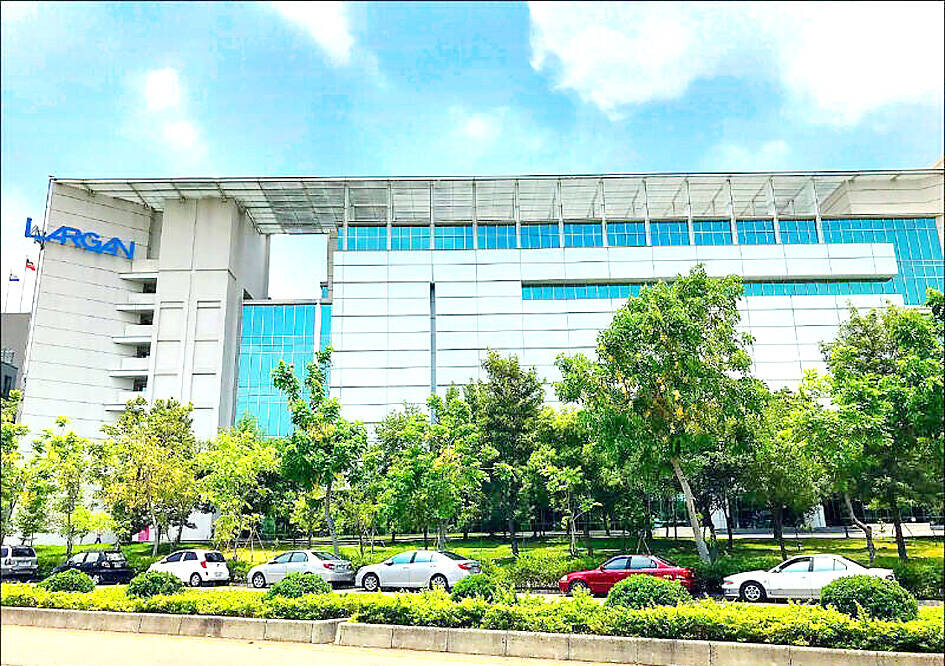
Photo: Chen Mei-ying, Taipei Times
Largan’s advanced tetraprism design helps Apple to extend optical zoom to five times on the iPhone 15 Pro Max camera system, market watchers said, adding that the upcoming iPhone 16 Pro models next year could have similar tetraprism lenses.
Largan on Thursday reported last month’s consolidated revenue rose 22.6 percent from the previous month, up 9.2 percent year-on-year to NT$5.57 billion (US$172.9 million).
Last month’s revenue represents the company’s highest monthly figure since November 2019, when it posted NT$6.66 billion in revenue, which Kuo attributed to the contribution from Apple’s iPhone 15 Pro Max and Chinese telecom firm Huawei Technologies Co’s (華為) Mate 60 Pro.
Taichung-based Largan is a global company that designs, produces and assembles high-end optical lenses. It also counts Samsung Electronics Co and several Chinese brands among its major clients.
High-margin lenses of 20 megapixels or more for smartphone cameras accounted for 10 to 20 percent of the company’s total sales last month, Largan said in a statement.
The majority, or 50 to 60 percent, came from sales of 10-megapixel lenses, while 8-megapixel lenses contributed less than 10 percent, it said.
Largan’s third-quarter revenue came in at NT$13.63 billion, an increase of 66 percent from the previous quarter, and 1 percent higher than a year earlier.
The company said revenue for this month would continue to rise amid higher demand from clients.
Cumulative revenue in the first three quarters totaled NT$30.94 billion, down 6.99 percent from the same period last year, it said.
“Largan’s main growth drivers in 2024 will come from two iPhone 16 Pro models adopting tetraprism lenses, and the significant upgrade of Huawei’s high-end phone lens specifications,” Kuo wrote.
The company is to hold an investors’ conference on Thursday to share detailed financial figures for last quarter and its business outlook for this quarter, as well as an update on new production lines in Taiwan.
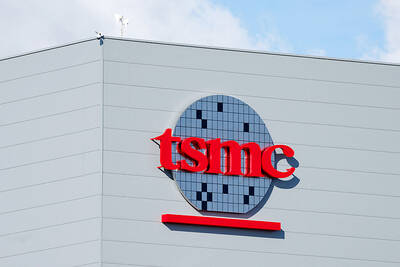
Taiwan Semiconductor Manufacturing Co (TSMC, 台積電) secured a record 70.2 percent share of the global foundry business in the second quarter, up from 67.6 percent the previous quarter, and continued widening its lead over second-placed Samsung Electronics Co, TrendForce Corp (集邦科技) said on Monday. TSMC posted US$30.24 billion in sales in the April-to-June period, up 18.5 percent from the previous quarter, driven by major smartphone customers entering their ramp-up cycle and robust demand for artificial intelligence chips, laptops and PCs, which boosted wafer shipments and average selling prices, TrendForce said in a report. Samsung’s sales also grew in the second quarter, up
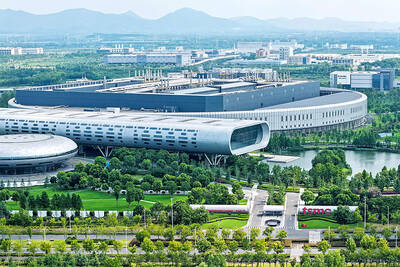
LIMITED IMPACT: Investor confidence was likely sustained by its relatively small exposure to the Chinese market, as only less advanced chips are made in Nanjing Taiwan Semiconductor Manufacturing Co (TSMC, 台積電) saw its stock price close steady yesterday in a sign that the loss of the validated end user (VEU) status for its Nanjing, China, fab should have a mild impact on the world’s biggest contract chipmaker financially and technologically. Media reports about the waiver loss sent TSMC down 1.29 percent during the early trading session yesterday, but the stock soon regained strength and ended at NT$1,160, unchanged from Tuesday. Investors’ confidence in TSMC was likely built on its relatively small exposure to the Chinese market, as Chinese customers contributed about 9 percent to TSMC’s revenue last
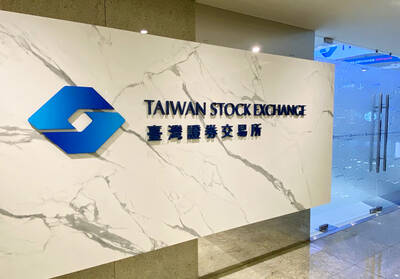
Taiwan and Japan will kick off a series of cross border listings of exchange-traded funds (ETFs) this month, a milestone for the internationalization of the local ETF market, the Taiwan Stock Exchange (TWSE) said Wednesday. In a statement, the TWSE said the cross border ETF listings between Taiwan and Japan are expected to boost the local capital market’s visibility internationally and serve as a key for Taiwan becoming an asset management hub in the region. An ETF, a pooled investment security that is traded like an individual stock, can be tracked from the price of a single stock to a large and
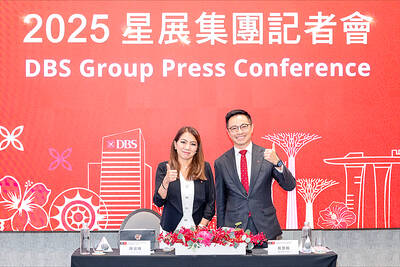
Despite global geopolitical uncertainties and macroeconomic volatility, DBS Bank Taiwan (星展台灣) yesterday reported that its first-half revenue rose 10 percent year-on-year to a record NT$16.5 billion (US$537.8 million), while net profit surged 65 percent to an unprecedented NT$4.4 billion. The nation’s largest foreign bank made the announcement on the second anniversary of its integration with Citibank Taiwan Ltd’s (花旗台灣) consumer banking business. “Taiwan is a key market for DBS. Over the years, we have consistently demonstrated our commitment to deepening our presence in Taiwan, not only via continued investment to support franchise growth, but also through a series of bolt-on acquisitions,” DBS